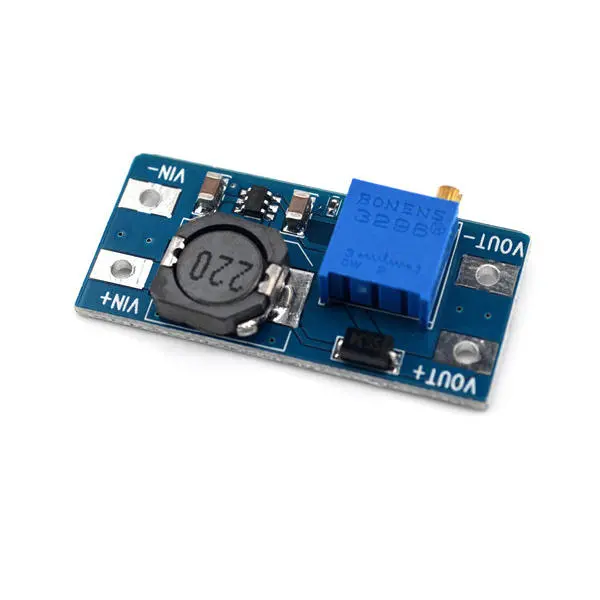Very old LGB locomotives use 18 volt lights and smokers 18 - 24 volts…they lack the circuitry and voltage stabilization for using 5 volts lights and the smokers. What device could I install into these older LGB locomotives to allow use of 5 volts devices? I thought perhaps installing the Massoth Power Caps to provide continuous 18 volts input to these 18 volts lights or smokers but I don’t think they would work without being connected to a DCC decoder. I feel it’s a waste of money for me to replace defective 18 volt smokers in these older LGB locomotives since they don’t produce any meaningful smoke unless the locomotive is going “90 miles an hour” around the track!
Any suggestions from the electronics engineers on this forum would be appreciated.
Thanks
